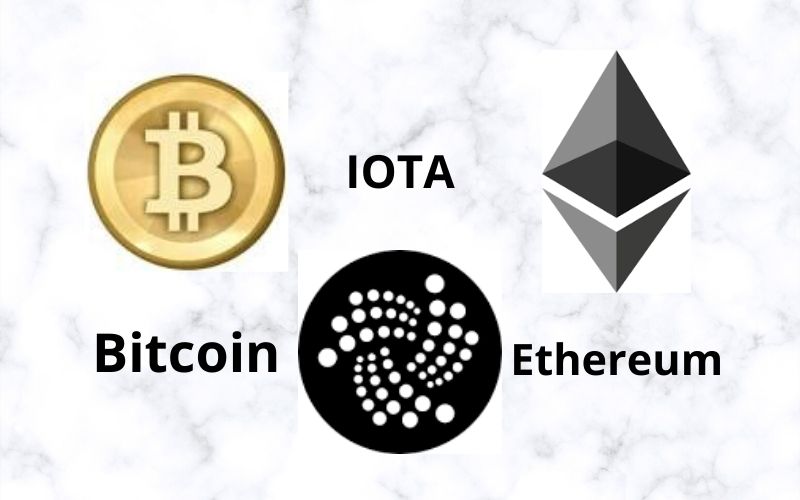As recently shared by IOTA Archive, the Industrial and institutional IOTA news tracker, IOTA, Bitcoin, and Ethereum were referenced in seven patent applications recently filed by Hewlett Packard Enterprise (HPE) and published by Espacenet Patent search.
Seven (!) patent applications, filed by Hewlett Packard Enterprise (HPE) were published, referencing IOTA (and others).https://t.co/94q1edYmtq
Thread …👇 pic.twitter.com/Cykx8eTHaP
— IOTA Archive – News (@_iotaarchive) February 5, 2020
At the description 0039 of the patent applications, IOTA was specifically cited as an example of a DAG-based platform. While Bitcoin and Ethereum were mentioned as examples of blockchain-based platforms.
Read the published patent applications filed by Hewlett Packard Enterprise (HPE) below as shared by IOTA Archive:
- Systems and methods for using secured representations of location and user distributed ledger addresses to prove user presence at a location and time.
- Systems and methods for using secured representations of user, asset, and location distributed ledger addresses to prove user custody of assets at a location and time.
- Systems and methods for using smart contract and light and sound emitting assets provisioned with distributed ledger addresses to identify and locate assets.
- Systems and methods for using captured time series of secured representations of distributed ledger addresses and smart contract deployed on distributed ledger network to prove compliance.
- Systems and methods for associating a user claim proven using a distributed ledger identity with a centralized identity of the user.
- Systems and methods of obtaining verifiable image of entity by embedding secured representation of entitys distributed ledger address in image.
- Systems and methods for capturing time series dataset over time that includes secured representations of distributed ledger addresses.
Description 0039 of the Patent Applications that Referenced IOTA, Bitcoin, and Ethereum
Distributed ledger technology (DLT) describes the superset of the different variations of this technology. One presently popular type of DLT is blockchain technology.
While in a distributed ledger a transaction is written to the ledger after consensus, the requirement is more specific in a blockchain: transactions are aggregated into a block and the block is appended to the last block of an existing linear chain of blocks.
As such, all blockchains are a form of a distributed ledger, but all distributed ledgers are not necessarily a blockchain. BITCOIN and ETHEREUM are examples of blockchain-based platforms. Directed acyclic graphs (DAG) are another example of a common form of DLT.
IOTA is an example of a DAG-based platform. HYPERLEDGER is an example of a DLT-based platform. Unless explicitly stated otherwise, implementations of the disclosure may apply to any variant of DLT, including blockchains, DAGs, etc.
Conclusively, this is a big indication that prominent institutions are keeping their eyes on the utilities in blockchain technology and cryptocurrency, which could be a means to the much-awaited global adoption of the duos.
